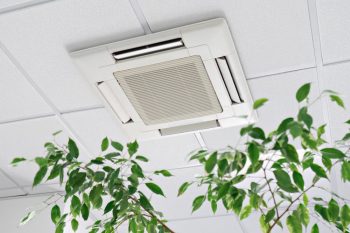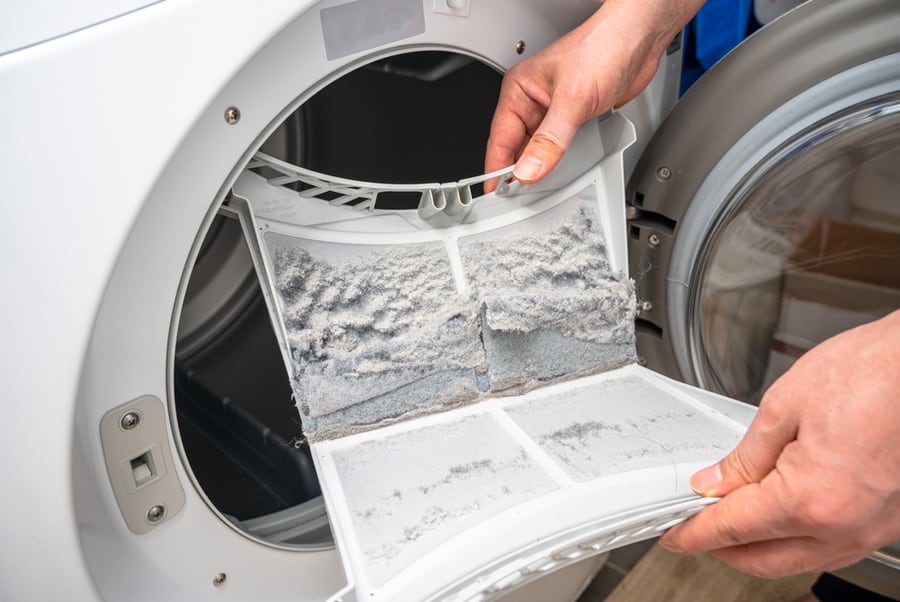
Have you ever noticed that when you’re drying clothes, they leave behind a lot of lint? No matter what kind of clothes are in your dryer, the amount of lint left behind is always surprising.
You are in the right place if you’ve ever wondered why your clothes seem covered in goop.
Many people blame their dryers for shedding lint, but many other things can cause lint on your clothes.
Here are some reasons why your dryer produces so much lint:
- Your washer lint trap may be blocked or full.
- Blockage in ducting.
- Your dryer’s drum is small and may contain a lot of lint.
- Your dryer is running for too long at a time.
- Dirty lint screen.
There are many reasons why dryers produce so much lint. However, if you want to read about them, this article explains why your dyer produces so much lint.
Why Is My Dryer Producing So Much Lint?
Have you ever wondered why your dryer produces so much lint? There’s probably a good reason for that.
After all, lint is a big problem for many households as it not only scratches up the insides of our home appliances but also adds extra tangles and clutter to our lives.
Here are the eight reasons why your dryer produces so much lint:
1. Lack of Moisture in the Home

One of the biggest reasons your dryer produces so much lint is the lack of moisture in your home. The dryer vent is designed to remove moisture from the dryer but can’t remove moisture from the entire house.
Most people don’t realize how much moisture their homes lack until they see a huge lint accumulation in their laundry room.
If you notice that your dryer produces a lot of lint and have not changed your laundry routine, this may indicate that you have too much humidity.
It could also mean your home has insufficient ventilation because you’re not ventilating smoke and odors properly.
2. Clogs and Obstructions
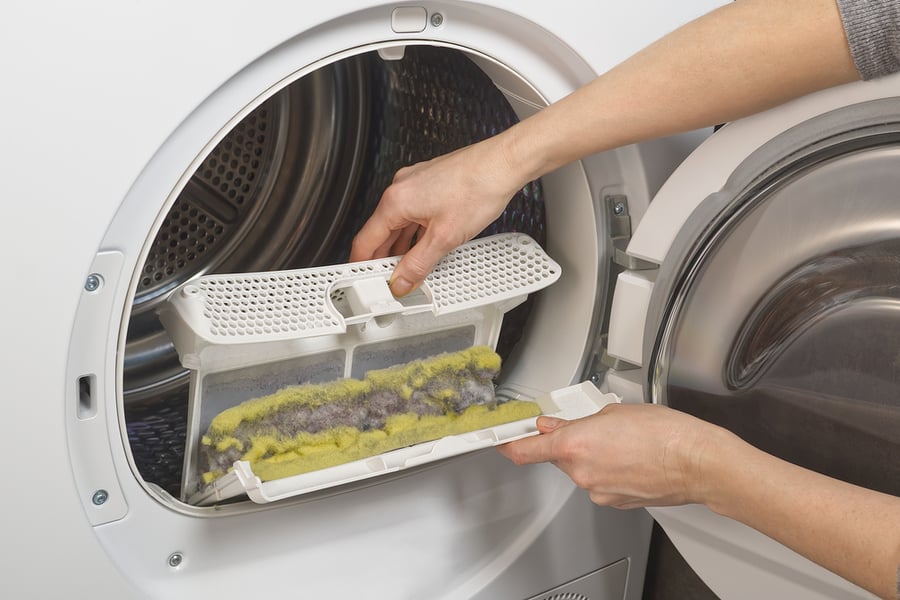
Dryers are notorious for clogging, especially dryers with plastic drums. This is because the lint from the dryer is trapped inside the drum, and when you turn on the dryer, it will be flung into the air and cause a mess.
This can be fixed by buying a new dryer that doesn’t have this problem or by installing a lint filter over the vent.
If your dryer has an air vent that goes outside, there may be clogs caused by leaves, sticks, and other debris.
These can also cause problems with your home’s ventilation system. You should check these regularly to make sure they are clear.
3. The Lint Trap Is Not Working
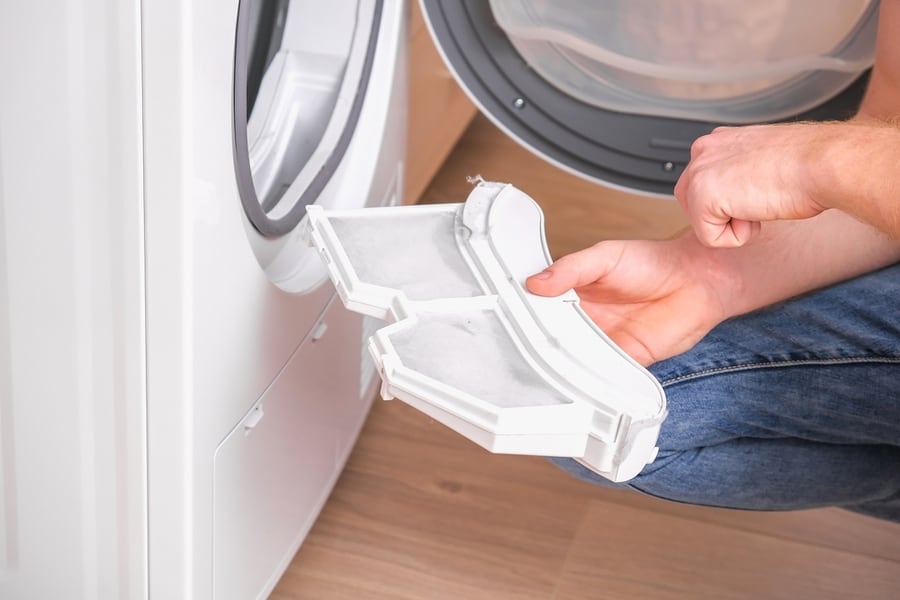
The lint trap on your dryer is key to keeping your clothes and linens clean and free from lint. But if it is not working properly, you can end up with lint on your clothes and laundry room floor.
This is not just annoying, and it can also be hazardous. Lint from the dryer can carry bacteria, which could cause serious health problems for you or your family members.
The first step to fixing this problem is looking at the lint trap. If there’s something wrong with how it is attached to the machine, several things will need to be fixed before you can get it working properly again.
4. The Dryer Has Too Much Heat
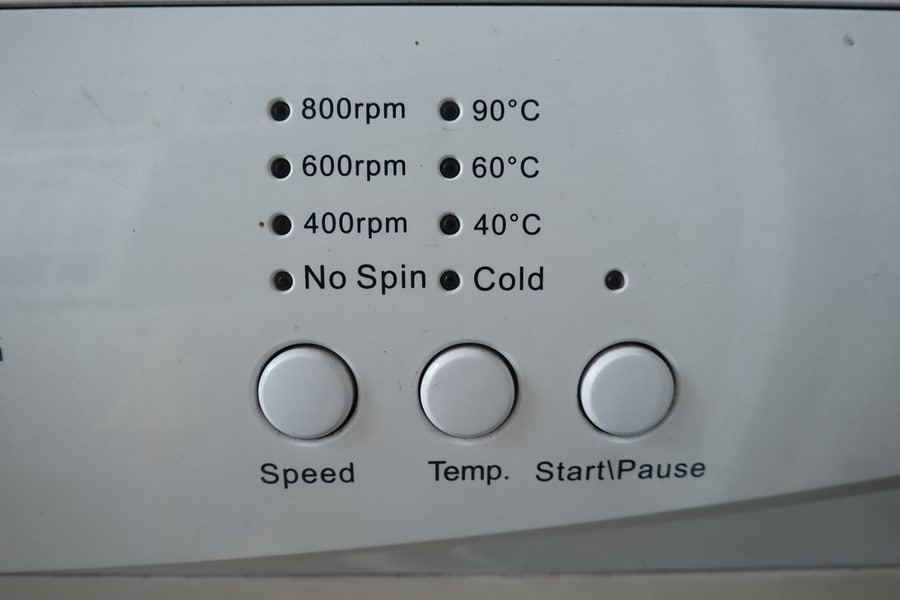
If your dryer releases a lot of lint, you may have too much heat. Dryers are designed to release heat as they tumble, and they do this by drawing air into the machine and heating it. The more air that enters the dryer, the hotter it gets.
The amount of heat in a dryer is measured in BTUs (British Thermal Units). A standard-size home dryer produces between 20,000 and 22,000 BTUs per hour.
If your dryer has been producing a lot of lint, check its venting system for any blockages or malfunctions. If necessary, repair or replace any parts that are broken or damaged.
5. Your Dryer Might Need a Quick Cleaning
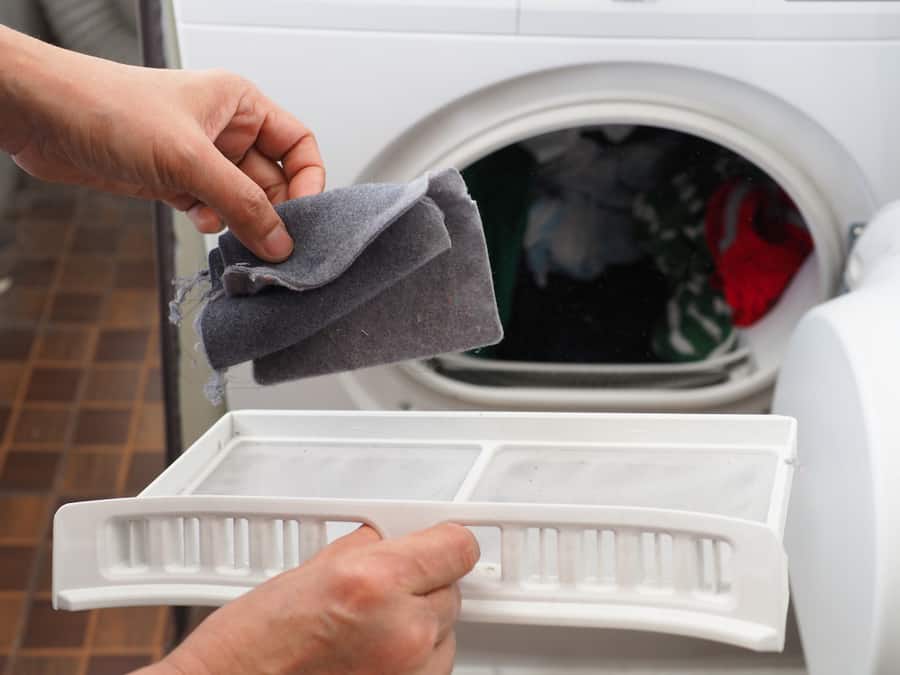
If you have a dryer producing a lot of lint, it might be because it needs a quick cleaning. Here’s how to remove the lint and keep your dryer working properly.
Remove the lint screen from your dryer. Wash and dry the screen with soap, water, or a commercial lint remover.
Once you’ve removed the screen, wash out any soap residue with warm water and a mild detergent such as dish soap or laundry detergent.
Rinse well and let it dry completely before replacing the screen on your dryer vent.
6. Empty the Lint Trap Daily
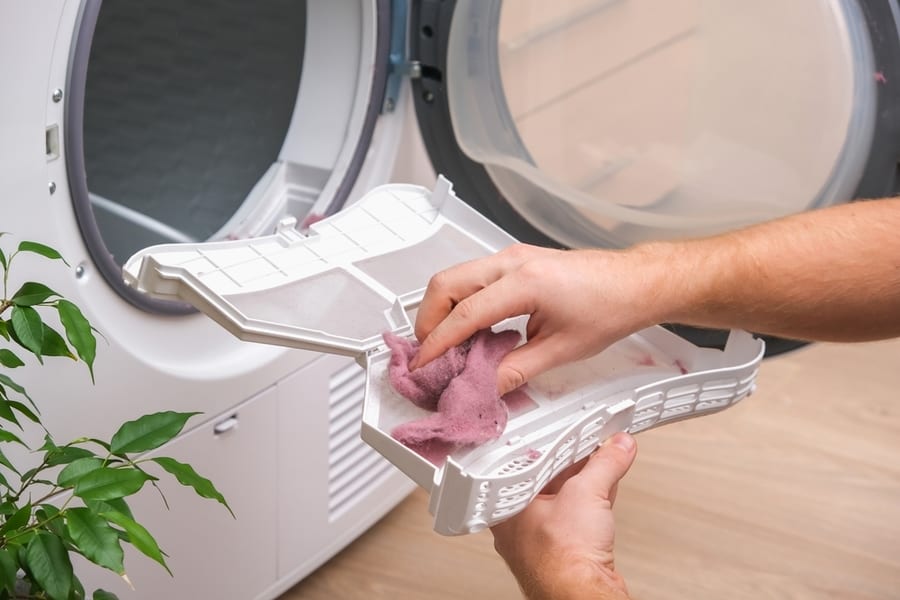
If your dryer produces so much lint, you should empty the lint trap daily. The lint filter traps the debris that is left over from the clothes and helps it move through the machine.
If you don’t clean your dryer’s lint filter regularly, it will clog up with dried-out lint and eventually stop working altogether.
If you notice that your dryer’s lint trap is covered in dust or dirt, it may be time to clean it. However, before doing so, check to see if any signs indicate something has gone wrong inside your dryer.
The problem is that most people forget to empty the lint traps after each load of laundry, leaving it full and trapping all kinds of junk in there. The solution is to make sure you empty your dryer’s lint trap every day.
7. The Dryer’s Drum Doesn’t Rotate Fast Enough
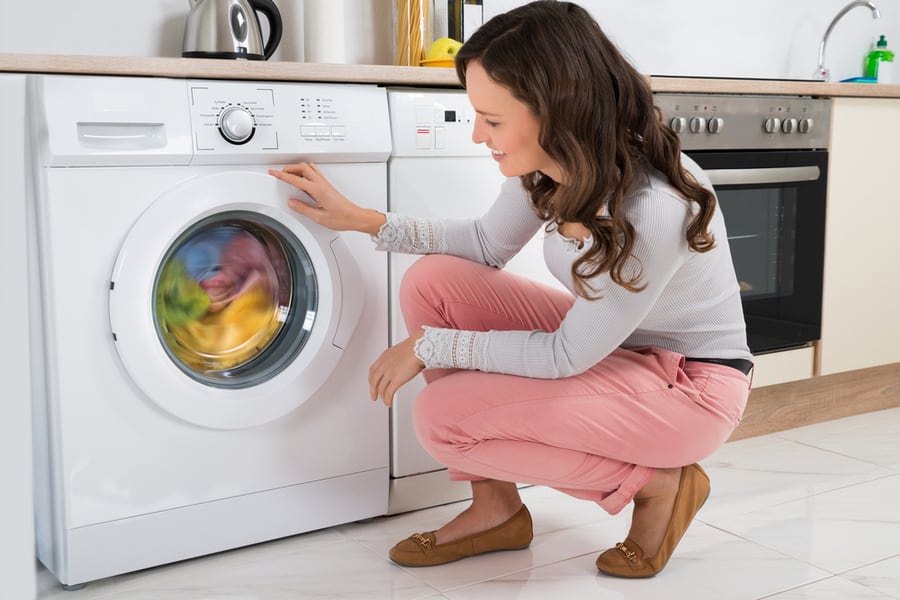
The drum rotates around an axis, similar to your washing machine’s spin cycle—however, the drum moves at a speed that allows air circulation and evaporation.
If this speed is not fast enough, it can cause lint to build up around the motor and other parts of the dryer.
If the drum of your dryer does not rotate fast enough, this will allow lint to build up inside the drum. The lint collects on top of the drum and on the sides of the drum, where it can cause your clothes to be damaged by friction.
The reason why this happens is that there isn’t enough airflow. The airflow is necessary for removing lint from your clothing, so if you don’t have enough airflow, you won’t be able to remove as much lint from your clothes as you should.
8. Your Dryer Is Overloaded With Clothes
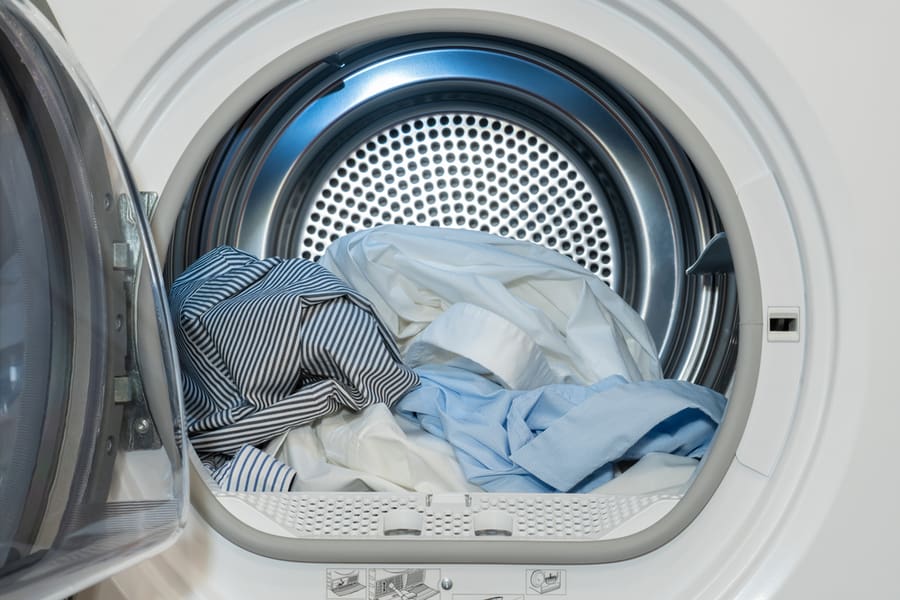
Dryers are designed to handle a certain amount of clothes. If you’ve got too many, your dryer can’t handle them.
If it is not overloaded, the heat will spread evenly throughout the load, reducing shrinkage or wrinkles. Conversely, the heat will be unevenly distributed if overloaded, leading to wrinkling and shrinking.
If your dryer is overloaded with more than the recommended amount, it will not be able to finish drying all of the clothes. This can cause the dryer to overheat and produce excessive amounts of lint.
Conclusion
Dryer lint is no laughing matter, but it can be pretty gross when you look at it up close.
Most of us do everything we can to keep the lint away from our clothes and avoid getting “lint dust” in our homes.
There are several possible reasons why your dryer produces so much lint. However, the common reason is that your dryer’s drum doesn’t rotate fast enough, the lint trap isn’t working, and your dryer produces too much heat.
Now that you know why your dryer produces so much lint, you can start preventing lint from being produced without any problems.
Frequently Asked Questions
How Do I Reduce the Lint in My Dryer?
If you’re having difficulty getting your dryer to produce less lint, the first step is to ensure it is clean. Next, check the lint filter and clean it if necessary. Then check your drum filter and clean it if necessary.
Next, run a cycle with only one load; this will help reduce lint build-up on the drum or filter. Make sure you read your dryer’s instructions before doing this step.
If you see no improvement after doing this, consider hiring a professional cleaner for your dryer.
Why Does So Much Lint Get Past the Lint Trap?
The dryer vent is the biggest culprit of lint and lint-like things getting past your lint trap. The dryer vent is an important part of your home’s heating system, and it has to handle the heat and moisture from your clothes as they tumble through it.
If you have a clogged dryer vent, your lint trap will likely fill up with fluff in no time, and that means that the lint trap itself can’t catch any more fluffy stuff.









